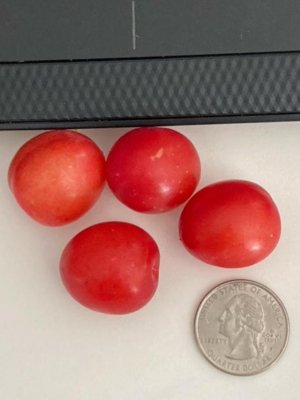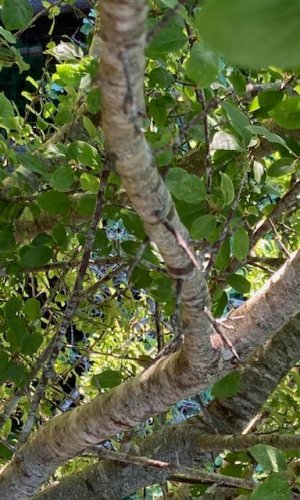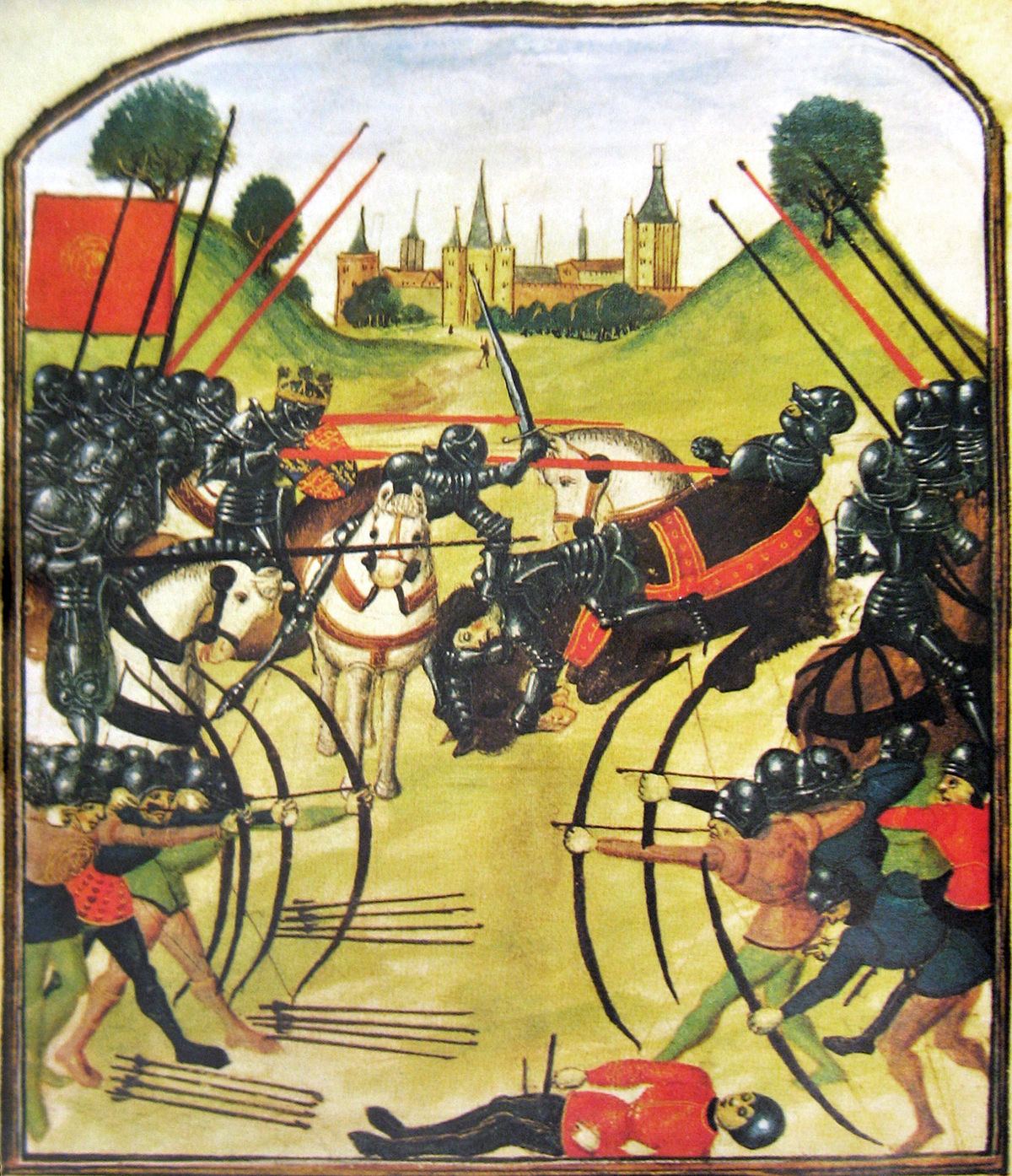Lucky_P
Well-known member
Gotta have seeds, either way. Named-variety pawpaws are grafted onto seedling understock. Named-parentage pawpaw seedlings have a high likelihood of producing fruit that's very similar to that of the 'mother'.
Grafted trees, regardless of species, typically come into production in half the time, or less, that it takes to grow a seedling to fruiting age - and you have the benefit of knowing fruit/nut size quality, harvest period, disease & pest resistance, etc. Growing out seedlings of most stuff is a genetic crapshoot... as Sturgill says, 'Some days you blast off, some days you just smoke.'
Grafted trees, regardless of species, typically come into production in half the time, or less, that it takes to grow a seedling to fruiting age - and you have the benefit of knowing fruit/nut size quality, harvest period, disease & pest resistance, etc. Growing out seedlings of most stuff is a genetic crapshoot... as Sturgill says, 'Some days you blast off, some days you just smoke.'




